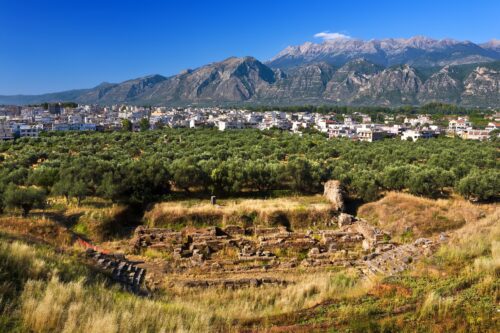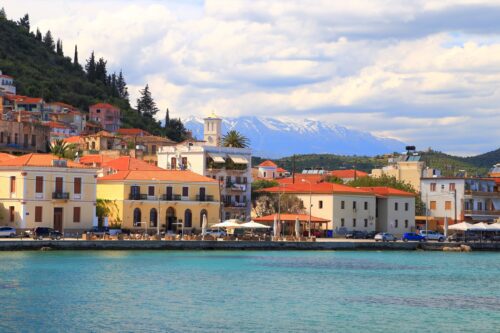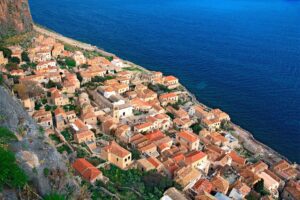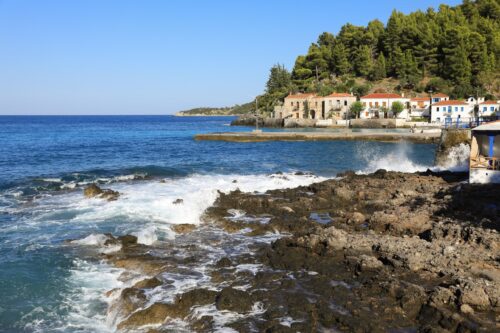Mystras
Imperial Grandeur
In 1989, UNESCO bestowed its prestigious recognition upon Mystras, enshrining it as a cherished cultural gem on the World Cultural Heritage list. This official acknowledgement transformed Mystras into a globally renowned open-air museum brimming with an imperial legacy of unparalleled historical significance.
Mystras: A Journey Back in Time
Mystras' illustrious journey began with Guillermo Vilearduin, who in 1249 erected the famed castle atop Myzithra Hill, lending the city its name. In the following centuries, Mystras blossomed into a unique castropoliteia, a vital post-Byzantine urban centre.
By 1259, Mystras had transitioned into Byzantine hands and would later serve as the epicentre of the "Moreas Despotato." In the 15th century, during its zenith, Mystras evolved into a cradle of literature and the arts. Eminent luminaries such as George Gemistos Plithon, a Neo-Platonist philosopher, left an indelible mark on future generations.
Mystras' Architectural Marvels
Mystras' architectural marvels, artistic treasures, and timeless frescoes are showcased in its three distinct zones: the Upper, Lower, and Outer Areas. In Ano Chora (the Upper Area), the Despotes' Palaces, constructed from the 13th to the 15th centuries, capture attention. Above is the glorious Saint Sophia Church, once the chapel of the Palaces. Kato Chora (the Lower Area) boasts the captivating Saint Dimitrios Church, where, on January 1449, the last Byzantine emperor, Konstantinos Palaiologos XI, was crowned. He would bravely perish in the Battle of Constantinople on May 29, 1453. Mystras' remarkable array of churches includes Saint Theodori, Mother Mary the Guide (Afentiko), Evangelistria, the exquisitely adorned Pantanassa, Saint John of the Buffaloes, Saint Barbara, and Saint George, among countless others.
The Monastery of Zoodochos Pigi in Taigeti houses a children's camp established by the Holy Metropolis of Monemvasia and Sparti. As you ascend the castropoliteia, the vantage point from the French castle affords breathtaking views of the Lacedaimon Valley, with the majestic Mount Taygetos presiding overhead.
Enthusiastic hikers will relish the stone-paved pathways originating from Parori, Trypi, and other sectors of Mystras, some leading to the summit of Taygetos. Visitors can explore the archaeological museum, housed within a charming two-story stone building dating back to 1754. It showcases an array of embossed papers, manuscripts, and precious jewels. In Neo Mystra, an array of souvenirs awaits, alongside accommodations for a well-deserved rest. An essential highlight in the local cultural calendar is "Palaiologeia," a poignant tribute to the memory of the last emperor. The imperial grandeur of Mystras will resonate deeply with even the most erudite traveller, leaving an indelible mark on those who thought they had seen it all.







